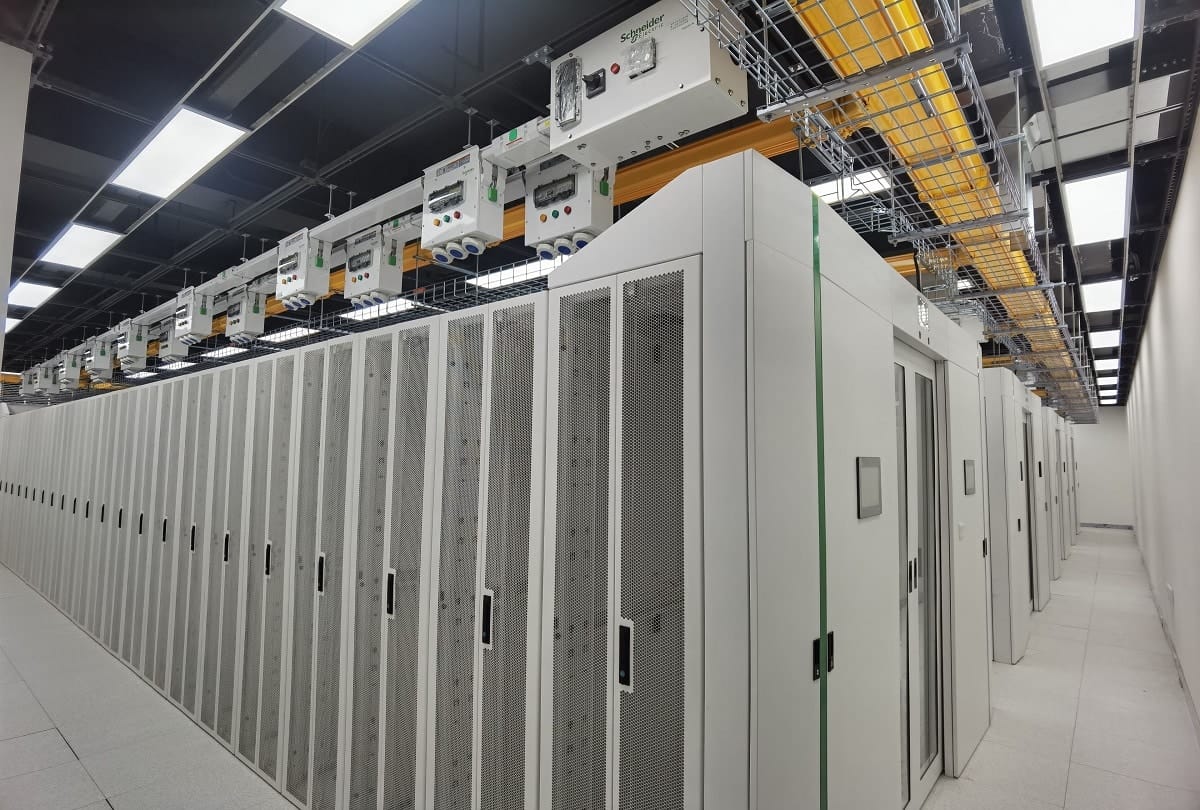The global market for colocationColocation facilities are a type of data center data centers is experiencing unprecedented growth, with a projected increase of €78.56 billion between 2025 and 2029, according to a recent report by Technavio. This growth, estimated at a compound annual growth rate (CAGR) of 15.2%, is being driven by the rising demand for colocation infrastructure, the adoption of advanced technologies such as AI, 5G, and 6G, and the need for scalable and energy-efficient solutions for businesses.
Key Growth Factors
The report highlights that the demand for colocation has been accelerated by the integration of artificial intelligence tools, augmented reality (AR), and autonomous vehicles, which require low-latency, high-capacity connections. Additionally, the migration to the cloud and the adoption of hybrid and multi-cloud strategies are prompting companies to seek colocation providers that offer flexibility, security, and proximity to cloud services.
One of the main attractions of colocation centers is their ability to provide redundant power supply and advanced cooling systems, ensuring optimal uptime and reducing the risk of interruptions. In this regard, advancements in cooling systems, such as liquid cooling and free cooling, are helping to reduce energy consumption, which traditionally accounts for 30% to 40% of the total expenses of data centers.

Companies like Microsoft are leading innovation in this field, with pioneering projects such as their data centerA data center or data processing center (DPC) located underwater off the coast of Scotland, which takes advantage of the ocean’s low temperatures to minimize cooling costs.
Market Challenges
Despite the growth, the market faces significant challenges, such as energy efficiency, data security, and increasing competition from modular or containerized data centers. These solutions, housed in shipping containers, provide a more flexible and cost-effective alternative for infrastructure expansion, especially in locations where traditional data centers are not feasible.
Moreover, the location of data centers remains a critical factor. Some providers are moving their facilities to cooler regions, such as Iceland or Norway, to reduce cooling costs and minimize their carbon footprint. However, the risks associated with natural disasters and the need for renewable energy sources continue to be key concerns for the industry.
Segmentation and Trends
The market is divided into two main types of colocation: retail and wholesale. Retail colocation, which allows companies to rent space in shared data centers, is gaining popularity among small and medium-sized enterprises (SMEs) due to its advantages in operational and capital costs. On the other hand, wholesale colocation attracts large enterprises that need to rent larger spaces for their infrastructure.
Geographically, North America leads the market with a 32% share, followed by Asia-Pacific, Europe, South America, and the Middle East and Africa. The United States, China, Canada, the United Kingdom, and Germany are some of the key countries in this sector.
Future Outlook
The Technavio report emphasizes that the market will continue to expand thanks to the increasing adoption of on-demand resources, seamless cloud integration, and the proliferation of smart devices and services. Furthermore, the commercialization of edge data centers and distributed cooling architecture is opening new opportunities for ultra-low latency connections.
In this context, companies like Equinix, Digital Realty, AT&T, BT Group, and Microsoft, among others, are positioning themselves as major players in an increasingly fragmented and competitive market.
Conclusion
The data center colocation market is booming, driven by digital transformation and the need for advanced technological solutions. However, challenges regarding sustainability and security will continue to be critical areas for providers, who must constantly innovate to remain relevant in a rapidly evolving sector. The coming years promise to be decisive in defining the future of this key industry in the digital age.

